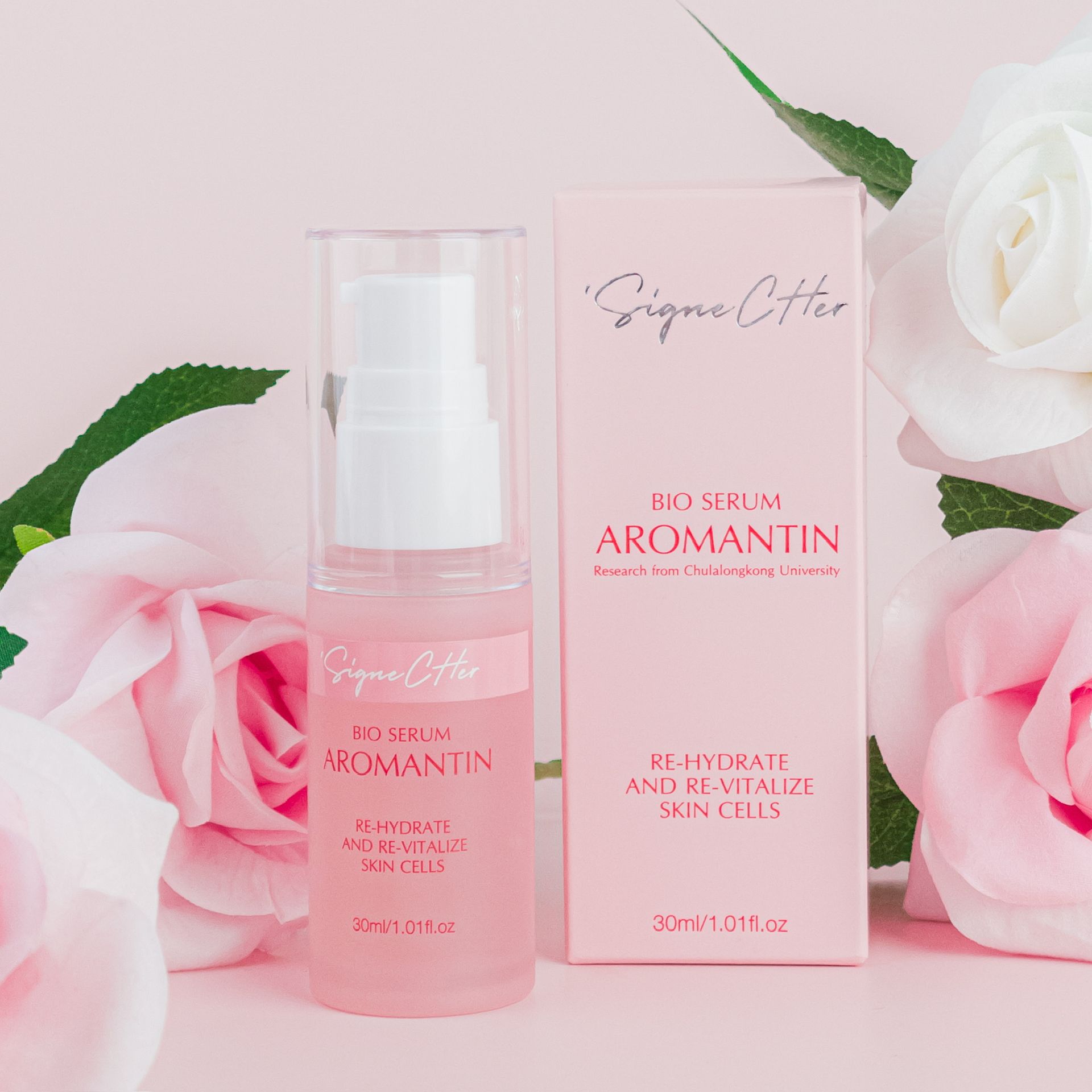We're looking to team up with partners from all around the globe. Interested? Drop us a line, we'd love to chat and fill you in on all the details!
Unlock Smooth Skin: The Dos and Don'ts of Exfoliation for a Flawless Complexion
Unlock Smooth Skin: The Dos and Don'ts of Exfoliation for a Flawless Complexion

Introduction:
Achieving smooth, radiant skin begins with proper exfoliation. But with so many products and techniques available, it's easy to get overwhelmed. In this comprehensive guide, we'll explore the dos and don'ts of exfoliation to help you achieve a flawless complexion. From choosing the right exfoliant to building a proper exfoliation routine, we'll cover everything you need to know to unlock smooth, glowing skin.
Understanding Exfoliation:
Exfoliation is the process of removing dead skin cells from the surface of the skin, revealing fresh, new cells underneath. This helps to improve skin texture, unclog pores, and promote cell turnover, resulting in a smoother, more radiant complexion. There are two main types of exfoliation: physical exfoliation, which involves manually scrubbing the skin with abrasive particles, and chemical exfoliation, which uses acids or enzymes to dissolve dead skin cells.
The Benefits of Exfoliation:
Regular exfoliation offers a myriad of benefits for the skin, including:
- Smoother texture
- Brighter complexion
- Reduced appearance of fine lines and wrinkles
- Minimized pores
- Improved absorption of skincare products
The Dos of Exfoliation:
- Choose the Right Exfoliant: Select an exfoliant that is suitable for your skin type and concerns. Opt for gentle exfoliants, such as alpha hydroxy acids (AHAs) or beta hydroxy acids (BHAs), which are effective yet gentle enough for most skin types.
- Exfoliate Gently: Avoid harsh scrubbing or aggressive techniques that can damage the skin. Instead, use gentle, circular motions to massage the exfoliant into the skin, focusing on areas that are prone to dryness or congestion.
- Follow with Hydration: After exfoliating, be sure to hydrate the skin with a moisturizer to replenish lost moisture and prevent dryness. This will help maintain the skin's barrier function and keep it looking plump and healthy.
- Exfoliate Regularly: Incorporate exfoliation into your skincare routine 1-3 times per week, depending on your skin type and tolerance. Consistency is key to achieving optimal results without over-exfoliating.
The Don'ts of Exfoliation:
- Don't Over-Exfoliate: Avoid exfoliating too frequently, as this can lead to irritation, sensitivity, and damage to the skin's barrier function. Stick to the recommended frequency for your skin type and adjust as needed based on your skin's response.
- Avoid Harsh Scrubs: Steer clear of abrasive scrubs or exfoliating brushes that can cause micro-tears in the skin and worsen inflammation. Opt for gentler exfoliants, such as chemical exfoliants, for a safer and more effective approach.
- Skip Exfoliation on Irritated Skin: If your skin is irritated, sunburned, or inflamed, avoid exfoliating until it has fully healed. Exfoliating damaged skin can exacerbate irritation and prolong the healing process.
- Say No to Exfoliating Products with Microbeads: Choose exfoliating products that are free of microbeads, as these can be harmful to the environment and potentially abrasive on the skin. Look for natural exfoliants like sugar, salt, or jojoba beads instead.
Building a Proper Exfoliation Routine:
To build a proper exfoliation routine, start by identifying your skin type and concerns. Choose exfoliants that are suitable for your skin type and incorporate them into your skincare routine 1-3 times per week. Follow with hydrating products to replenish moisture and maintain skin health. Monitor your skin's response and adjust your exfoliation frequency as needed to achieve optimal results.
Conclusion:
Exfoliation plays a vital role in every skincare regimen, requiring a delicate touch and mindful approach. By adhering to the dos and don'ts of exfoliation detailed in this manual, you can unveil smooth, luminous skin while safeguarding its well-being and vitality. Make exfoliation a consistent part of your skincare ritual to bask in the rewards of a flawless complexion for years onward.



